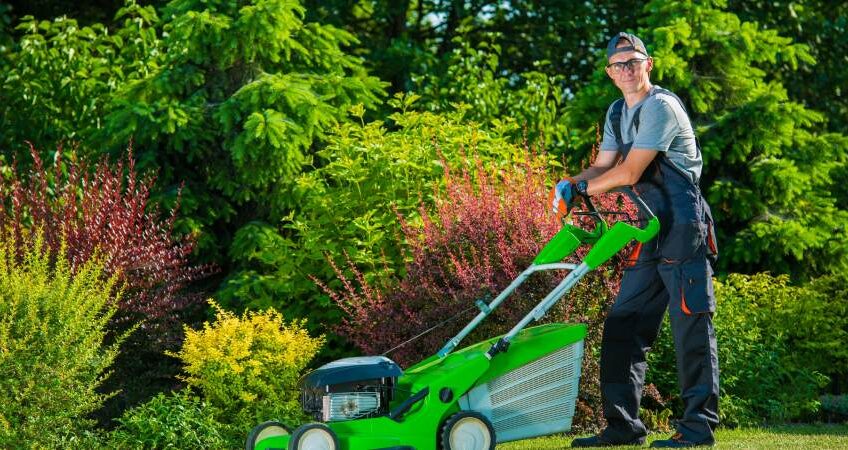Many homeowners puzzle over the right strategy to keep their lawns healthy. Fear not! All the turf management tools you need follow below. Proper lawn care techniques, done at the right time, can make your lawn greener than it’s ever been! If your schedule gets in the way, consider either one-time services or a seasonal program from one of Landscape.
CUTTING
Switch directions and patterns each time you mow, so that the grass straws aren’t pressed in the same direction every time. For each cut, the rule of thumb is to shorten the stem by around half to two-thirds to approximately 5 centimetres. In the middle of the summer, you might want to keep the grass a little longer, as it withstands periods of draught better.
FERTILISING
Cutting the grass removes nutrients from the grass, nutrients that has to be replaced in order to achieve a maximum of growth. So, from the beginning of spring, you should fertilise the lawn every four or five weeks. Nitrogen, potassium and phosphorous are necessary and mixes of special lawn fertilisers are readily available at your local garden retailer. How much to use is carefully indicated on the packages.
WATERING
If you want a lawn that is lush and green all summer, watering is important. How often you need to water your lawn depends on temperature and humidity. When the grass needs water, it will begin to take on a blue-gray tint, and the older leaf blades on the plant will begin to curl up or wilt. If you have planted a new lawn, you will usually need to water once a day so the seeds can germinate and a good solid root system can form. Nowadays the watering of the lawn can be achieved with a minimum of hassle. You can water your garden by hand, partially or fully automatically. GARDENA’s product range comprises of mobile and stationary watering solutions as well as pumps and watering controls.
WEED CONTROL
Smaller weeds (veronicas or white clover) should be removed with a manual scarifier, used often in order to disturb them and preventing growth. Daisies and dandelions should be removed with a root weeder and it’s very important to get as much of the root as possible in order to prevent the regrowth. If you – against all odds – are overcome, you have to consider herbicides. In a scenario where the weeds have overcome the grass, the re-structuring of the entire soil and covering it with rolled turf is the best solution.
SCARIFYING AND AERIFICATION
The grass roots need air in order to be able to breathe and grow. The soil of a lawn is often not sandy enough for the roots to get enough air resulting in stunted growth.
With the help of a simple digging fork you can stamp holes into the lawn and fill them with coarse sand. This allows water from the surface to flow away and also provides the roots with oxygen. In order to clear away dead roots and other debris you might want to scarify your lawn. By removing the lawn thatch you provide more breathing space for the lower parts of the grass and help the stems grow better.
If You need help, Call Us or send a message.

